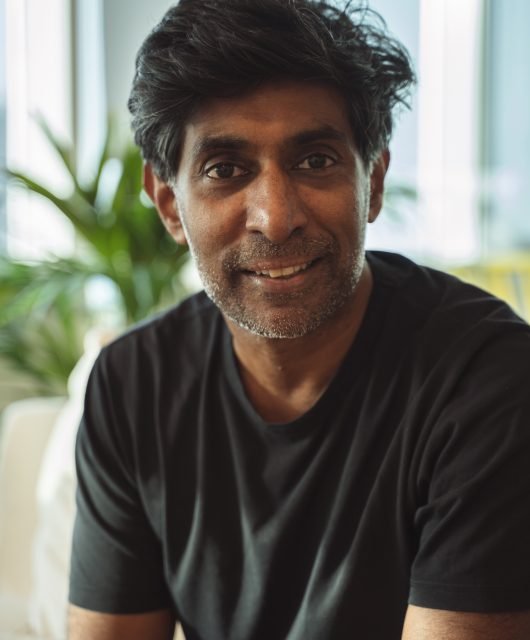Brands And The Economy; A Love Story, By Lama Ramadan
Brands represent the market, be it retail, F&B, tech, luxury products and countless others. Moreover, brands are key components in shaping the market; so how do economies benefit from brands? And is this relationship sustainable?

Brand value and the economy are like two peas in a pod. In recent times, brands have become driving forces that boost the national economic growth. It is that development engine that accelerates a country’s economy and prepares it to compete in the global arena. Several brands contribute to the empowerment of the people, such as Barclays, which partnered with Unreasonable Group to conduct Unreasonable Impact, an accelerator for entrepreneurs to maximize their positive social or environmental impact and drive job creation. As stated in the U.S. Chamber of Commerce Foundation: “Unreasonable Impact leverages Barclays’ expertise and reach as a global business to support the entrepreneurs and their ventures, involving its employees in everything from participant selection to hands-on advice and mentoring.” Another partnership of powerful brands that fostered the economy, Kellogg and TechnoServe cooperated to improve the livelihood of the farming families and reduce the impacts on climate change.
According to the World Bank, “the total wealth of countries states that 78% of the world’s wealth is created by intangible capital”.
So how do brands impact the economy?
Brand building assists in shifting from traditional mass production to high value production. During the industrial revolution, the economy was primarily based on physical resources. Nowadays, economies have shifted to intangibles and intellectual resources.
Brands can elevate and shape the market; they have the strength to determine the economy. According to the BRAND FINANCE GLOBAL 500, the most powerful brands post Covid19 are Tiktok, Apple, and Amazon. “Media consumption has increased throughout the COVID-19 pandemic, but – what is more – the way we consume it has irrevocably changed, it is now an essential part of our daily lives. In order to compete in this evolving marketplace, media organizations have invested heavily in their brands – from content acquisition to user experience,” says David Haigh, Chairman and CEO of Brand Finance.
During Covid-19, life stopped. People were in lockdown; millions were forced to distance themselves from their routines and from their loved ones.
As Jack Welch said, the late CEO of GE, “leaders emerge during trying times”.
Many brands innovated and rode the high tides especially brands that showed empathy such as PayTM, Zomato, Unilever amongst others. Brands were aware that catering and connecting to the market–their audience– meant listening and constantly adapting to the market flux, while supplying the perpetual demand. Additionally, keeping up with the global trends without changing their brand essence is paramount. Dove is a leading example of a powerful brand that stays true to its character. In its “Courage Is Beautiful” campaign, it shined a light on the unmatched bravery of health care workers, thereby creating a global buzz and inspiring millions of people to give gratitude and share the love from afar. Dove, being a high value brand, impacts the growing national economy and contributes to the value of national intangible assets.
At the end of the day, successful brands prove to be authentic, sophisticated, connecting with their audience and giving back to the world, emotionally, financially or both.





